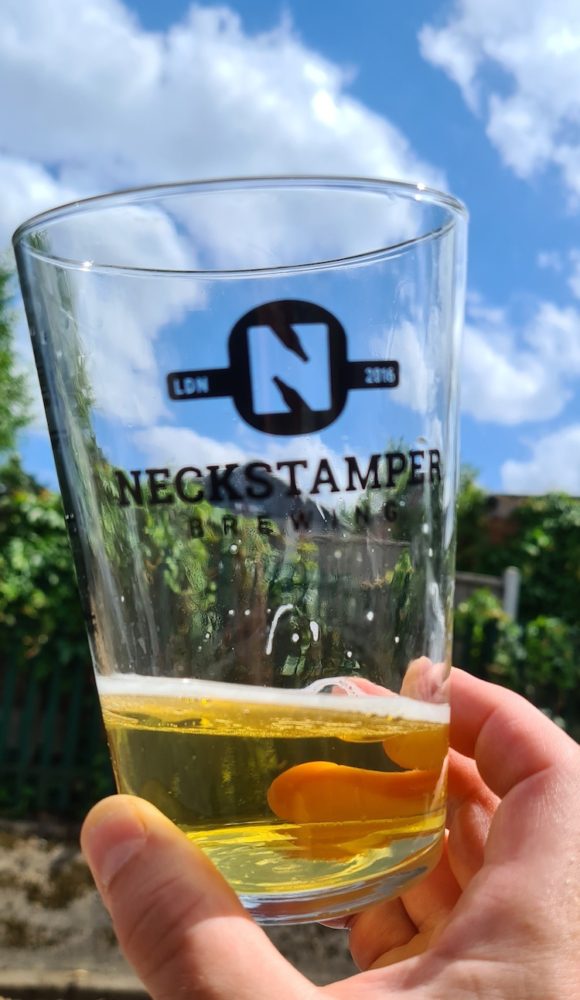Lager and the importance of time
A lot of brewers say pilsners are the hardest beers to brew, but are they really? Sure, if something goes wrong there is nowhere to hide, a good pilsner should be clean, crisp and balanced, hence any little off-flavours or mistakes will be magnified, but I actually think to brew a pilsner is not particularly difficult. There is, though, one thing that tends to be underdone, and can make a huge difference to the quality of the final product. Time.
The word ‘lager’ comes from the German word for ‘storage’. ‘Lager’ actually means ‘store’ and ‘lagerbier’ means ‘beer made for storing’. So to lager a beer is to store it, specifically at low temperatures post-fermentation, to let the beer mature. The primary fermentation of a lager is also slower than with ale as lager yeast ferments at a lower temperature to ale yeast (so around 2 weeks for a lager to 1 week or less for an ale). Pre-refrigeration lagering was done in caves and underground where temperatures could be better controlled. It used to be that this process was sometimes many months, but now this is often much less. Rumour has it some of the major producers of (sub-standard) lager actually go from brew day to can in five days, and judging by the taste of some, that doesn’t seem like a stretch.

Recently I brewed a pilsner. Well, the actual brew day was around 14 weeks ago, but it has only just been packaged (as a comparison an ale can go from brew day to being packaged in 2-3 weeks). In craft brewing time is a luxury, after all space is a premium, so it’s rare that craft breweries can afford to take up a tank for so long with lager, and one reason that we don’t brew lots of lager at our brewery. In the pilsner I brewed I used a new Czech hop, Most, which didn’t really do what we were expecting; it was a bit earthier and smokier than the description we were given, but it did change dramatically over the lagering period, as did, well… everything. The flavours levelled out, the smokiness subsided and gave way to more citrus and even peachy notes. Despite being dry hopped (dry hopping is adding hops towards the end of or after primary fermentation) and not filtered the beer settled to be completely, almost bafflingly clear. It just got better and better, going from a lager I thought was just OK to being one I now am so happy with that there’s another in tank.
While there is a lot to get right in making a good pilsner, as with any ale, I think what most sets apart the great pilsners (and really most styles of lager) is the period of lagering. So while I sit here sipping this remarkably clear drop, I’ll do a little toast to Father Time, and cross my fingers we manage to keep this next one in tank for just as long, if not slightly longer…





Leave a Reply
Want to join the discussion?Feel free to contribute!